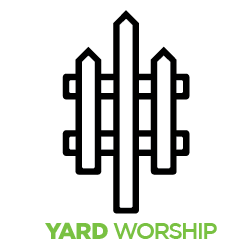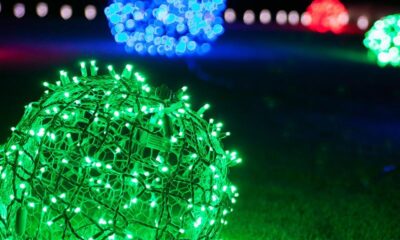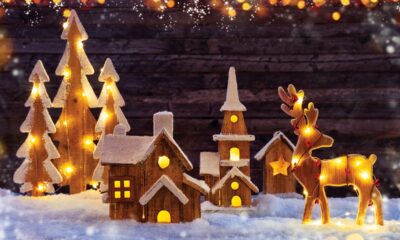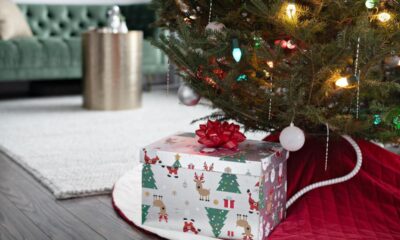House Uplighting
Using House Uplighting to Highlight Your Home

Adding house uplighting to your home can be a great way to showcase your property. This type of lighting is a great way to highlight a house with unique features. Some homes have a Victorian or ranch style appearance and are the perfect candidates for this type of illumination. Victorian homes often feature intricate trim detailing, sweeping porches, and architectural elements such as turrets. Ranch-style homes tend to have a single level and large picture windows. Each of these styles deserves a proper display, and uplighting is a great way to do it.
Intensity of light
One of the key factors when choosing the right light for your home is intensity. The light level is the amount of light incident on the surface per unit area (or work plane). The light level is measured in foot candles (foot candles in the imperial system) and lux (lux) in the metric SI system. Outdoor light levels average around 10000 lux on a sunny day, but in indoor rooms, light levels may be significantly lower, and additional lighting will be necessary to compensate.
In the past, light intensity was measured in watts, or the amount of electrical power a light bulb consumes. This meant that a higher wattage light bulb meant a brighter light, but also a higher electric bill. Nowadays, most light is measured in lumens, a measurement that is directly related to the amount of energy a light source requires. Lumens are also listed on the light bulb’s packaging.
Using the correct light intensity is important for any uplighting job. Using the appropriate light intensity will maximize the overall effect. The proper light levels will enable people to see and give them the subconscious cues they need to navigate through a space. Depending on the space, the proper light level can be used to create a more corporate or homely atmosphere.
Placement of fixtures
When planning to use house uplighting, it’s important to consider where you’d like to place your fixtures. The height of your fixtures is one of the most important factors to consider when determining where to place them. The height of your fixtures should be at least six inches higher than the height of the top of the structure.
If you’d like to highlight certain features of your house, you can use uplighting to make them stand out. For example, you can highlight a favorite architectural column, a garden hardscape, or a garden feature. Uplighting is best for objects that rise up from the ground, such as trees, bushes, and other landscape elements.
Cost of fixtures
The cost of installing house uplighting fixtures varies, depending on the type of fixture and the work needed to install it. For example, a simple wall or ceiling fixture can cost around $200, but more elaborate fixtures can run into the thousands of dollars. Adding uplighting to a wall or ceiling will require wiring and an electrician’s skills. The cost of installation is usually about $150 to $200, depending on the type of fixture and how much amperage is required. However, more elaborate chandeliers can cost up to $1000 or more.
To get an accurate cost estimate, check the size of your house and measure the space you want to light. If you don’t have a clear idea of the area you want to illuminate, you may want to make a mock-up to see how it will look. Use a piece of cardboard cut to the desired size and affix it near the door to get an accurate estimate of the cost of installing a particular fixture. Then, walk back and take a look from the street to see what it looks like.
If you have any electrical skills, you can probably install your new light fixtures on your own, but you can also hire a professional. Professionals usually charge $50 to $100 an hour. It can also cost you between $150 and $500 to install a single fixture. If you need an electrician for a complicated installation, the cost could easily double.
A surface-adjustable trim is another option to consider. This type has a collar on the ceiling that extends into the ceiling. You can use it for spotlights and recessed lights. Just make sure to measure the space properly to prevent shadows outside the collar. If you don’t measure your ceiling carefully, you might end up with a light fixture that doesn’t fit perfectly.
The cost of recessed lighting fixtures varies widely. Standard recessed lights are generally between $18-$65, while more advanced versions can cost up to $400 per unit. The cost can also depend on the number of lights and the type of fixture that you choose. For example, pendants and scones can cost more than essential lights.
Did you miss our previous article…
https://yardworship.com/kichler-wall-sconces/












